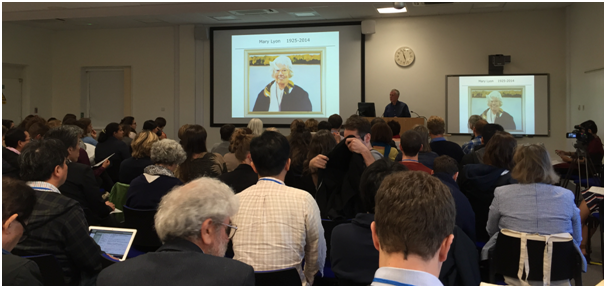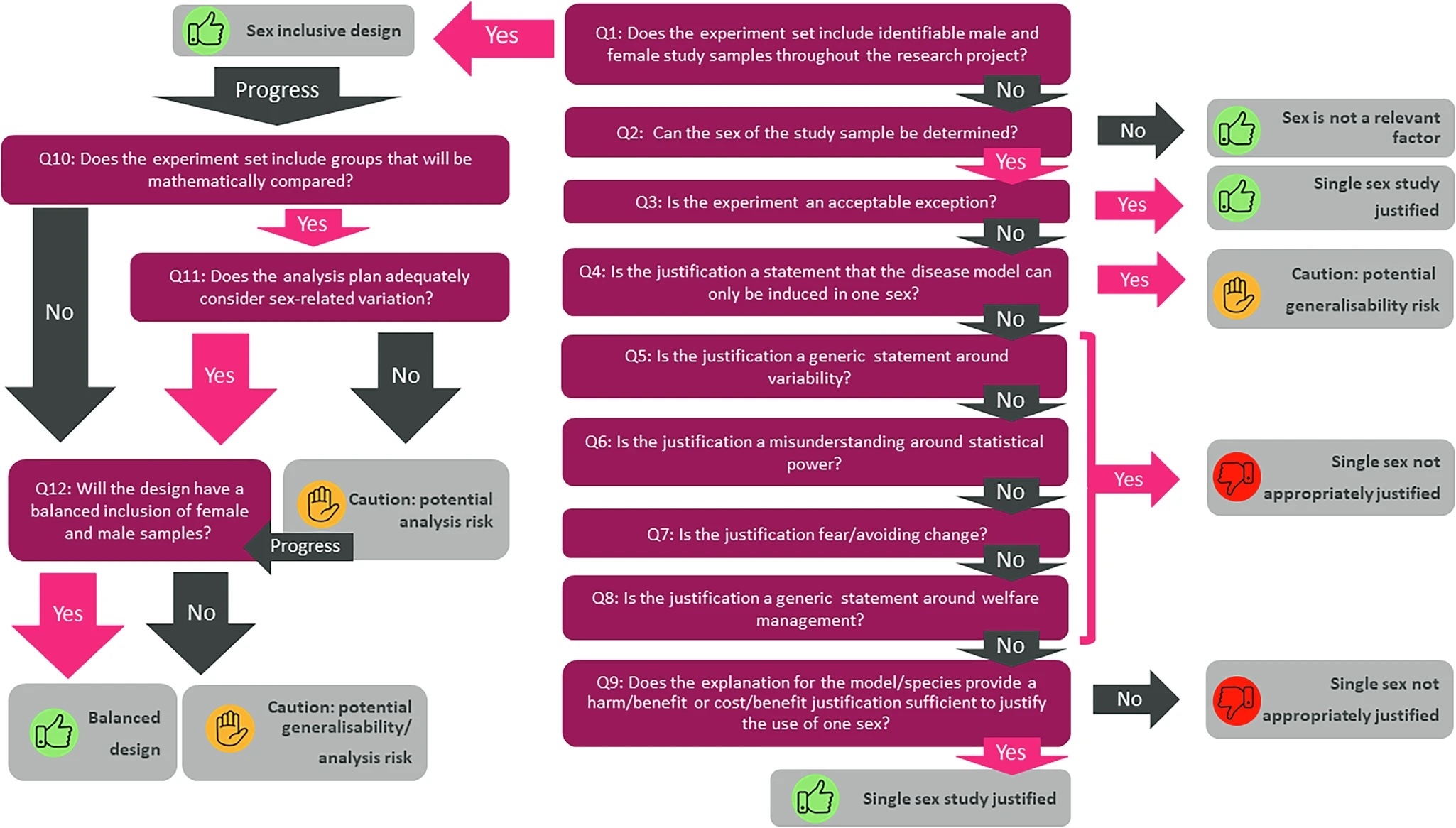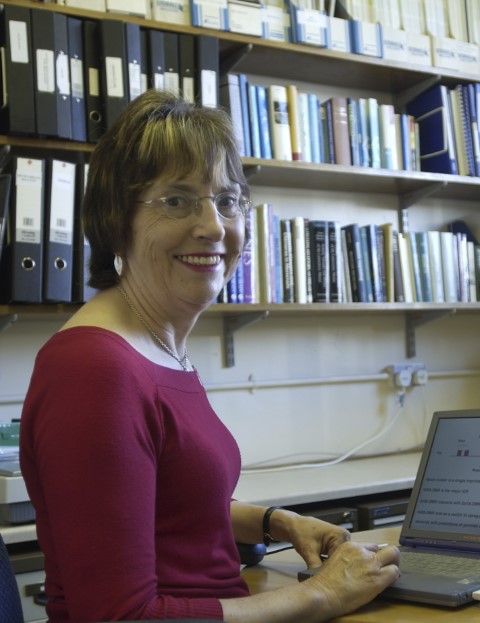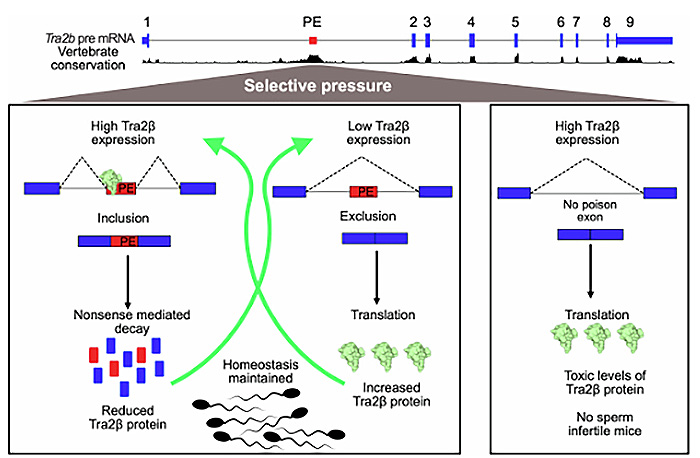In tribute to the eminent geneticist Mary Lyon and her role in developing the theory of X chromosome inactivation, a process implicated in disease inheritance, 100 researchers from nine countries attended a scientific meeting hosted by the Royal Society.
As part of the event researchers attended a one day meeting at the MRC Harwell Institute where Mary developed her theory. The event brought together worldwide experts in this dynamic field to discuss the latest research advances and reflect on the life and work of Mary Lyon, who first proposed the theory of X chromosome inactivation 55 years ago. The meeting marked the opening of a brand new Mary Lyon exhibition at Harwell. The exhibition includes a timeline of Mary’s life surrounded by panels exploring her education, career at Harwell, and major discoveries. A map of the world pinpoints the many places she visited during her career, bringing to life her global network of researchers. Mary’s career at Harwell spanned a period of more than 50 years and it was during this time that she made many remarkable discoveries. Mary developed the theory of X chromosome inactivation in 1961 while studying mice with different coloured patches of fur. She hypothesised that one of the two X chromosomes in the cells of female mammals is randomly inactivated during early development so that females don’t have twice the number of X chromosome gene products as males, a potentially toxic double dose. Her hypothesis, now accepted and supported by subsequent research, has had profound implications in understanding the genetic basis of X-linked diseases as well as being one of the first descriptions of epigenetic phenomena. Mary went to Cambridge in the early 1940s, at a time when women were not official members of the university. Despite taking the same courses as men women were awarded a ‘titular’ degree. In 1998 Mary and other women from her era were officially awarded a full undergraduate degree. WW2 served to change the position of women in the world and had a strong influence on Mary’s career. Much of her research involved looking at the effects of radiation in mice as result of the events of WWII. Most of the important discoveries Mary made were offshoots of studying radiation induced mutations in mice. Speaking at the event Dr Sohaila Rastan, one of Mary’s PhD students commented: “Now 55 years after the hypothesis was first described, Mary Lyon would have found it very gratifying to see how much research it has spawned. Although the X inactivation field has advanced so significantly some basic questions still remain unanswered.” Professor Steve Brown, Director of the MRC Harwell Institute, said: “Mary would have relished the cut and thrust of the scientific discussion at the meeting, and would have joined in the excitement of the many new developments that were reported. She laid the groundwork for all that has followed, and the meeting was a fitting tribute to her scientific legacy.” 11/10/2016



